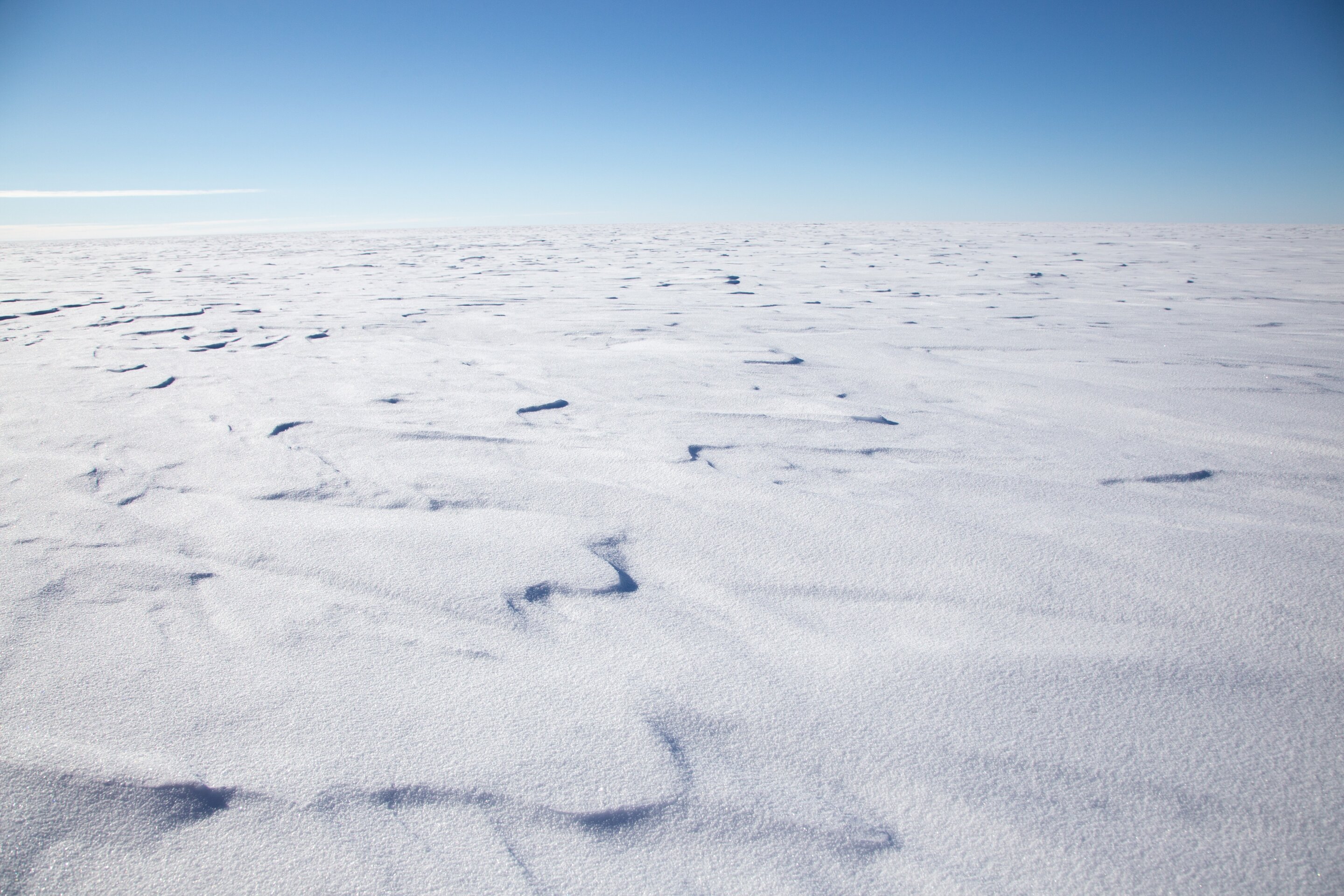- Biden's final UN speech seeks hope amid grim wars in the Middle East, Ukraine, Sudan
- 'Stop ripping us off': Novo Nordisk CEO faces Senate grilling over weight loss drug prices
- China launches probe into Calvin Klein parent over Xinjiang supply chain ‘disruptions’
- Commerzbank board member warns of significant job losses with a hostile UniCredit takeover
- Fed Governor Bowman explains dissent on rate vote, says she's worried about inflation
What do you believe is the single most important factor driving up the cost of living in Nigeria?

Archaeologists use AI to find hundreds of geoglyphs in Peru's Nazca Desert
A small team of archaeologists at Yamagata University, working with a colleague from Université Paris, and a pair of AI researchers from the IBM Thomas J. Watson Research Center, used an AI model to find more geoglyphs on the floor of Peru's Nazca Desert.
In their study published in Proceedings of the National Academy of Sciences, the team developed an AI model capable of identifying faint signs of geoglyphs amid the natural landscape on the Nazca Pampa by analyzing images captured by drones.
Over the past century, archaeologists, historians and other scholars have been intrigued by the geoglyphs inscribed on the ground in a desert in Nazca, Peru, many of which can only be seen in their entirety from a great distance, such as from a mountain or airplane.
Previous research has found that they were created by the Nasca culture over the years 200 BCE to 700 CE by moving rocks or pebbles, or by scraping the ground. The resulting giant pictures are now called geoglyphs.
Prior to this new study, 430 geoglyphs were discovered and studied in Peru, though the rate at which new ones have been found has slowed. Researchers suspect that many more are yet to be discovered, but efforts to find them have been met with difficulties due to their size and clarity.

- September 24, 2024
Phytoplankton shield ice shelves from summer heat

- September 24, 2024
CBN to boost eNaira adoption

- September 24, 2024
Research reveals best conditions for storing graphene oxide


- September 24, 2024
New AI tool efficiently deconvolutes compound-protein interactions


- September 24, 2024
NASA data help protect US embassy staff from polluted air




- September 24, 2024
Sonrise Christian High School celebrates 16th graduation ceremony

- September 24, 2024
Researchers seek organic waste in bone regeneration

- September 24, 2024
First Bank, fintech summit to focus on digital economy
Subscribe to our mailing list to get the new updates!

Subscribe our newsletter to stay updated
Thank you for subscribing!

